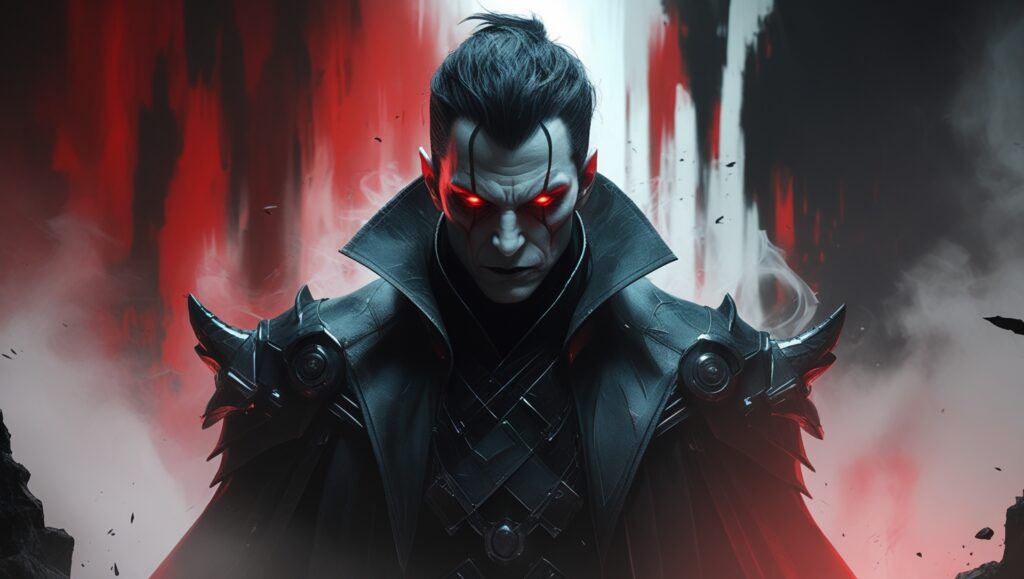Video&a (often written as Video &A) is the combination of video content with artificial intelligence to make videos smarter, faster, and more interactive.
From YouTube recommendations to automatic subtitles, AI is changing how videos are created, edited, and watched. This article will explain how AI works with video, where it’s used, and what it means for the future.
What Is Video &A?
Video &A stands for Video and Artificial Intelligence. It refers to the use of AI tools in different parts of video&a creation and playback, including:
- Making videos
- Editing videos
- Analyzing videos
- Improving how videos are shared and seen
AI tools can save time, reduce costs, and help even beginners create professional-looking video&a.
Where Is Video &A Used?
video&a is used in many industries today. Here are some examples:
- Social Media (like TikTok, YouTube Shorts)
- Marketing and Ads
- Education (online classes, explainer videos)
- Healthcare (training videos, analysis)
- Security (CCTV and facial recognition)
- Entertainment (movies, games, animation)
It is becoming a part of daily life without many people even noticing.
How AI Helps in Making Videos
AI can help make video&ain many ways, even if you don’t have video-making experience.
1. Script Writing
AI can generate scripts for you. Just give it a topic or some key points, and it will write a full script with narration.
2. Voiceover Generation
You don’t need to hire voice actors anymore. AI tools like Text-to-Speech (TTS) can turn written words into real-sounding speech.
3. Scene Suggestions
AI can suggest what kind of scenes, images, or animations should go with the script. This is helpful for beginners or small businesses.
How AI Helps in Editing Videos
Editing is often the hardest and most time-consuming part of video&a creation. AI makes it faster and easier.
1. Auto-Cut and Highlights
AI can find the best parts of a long video&a and create short clips. This is great for social media content.
2. Subtitles and Translations
AI can add subtitles in multiple languages. This makes your video&a accessible to more people.
3. Background Removal
AI can remove backgrounds without a green screen, useful for product demos or virtual presentations.
4. Sound and Noise Control
AI tools can remove background noise or fix low-quality audio. They can also add music automatically based on mood.
How AI Helps in Analyzing Videos
AI doesn’t just create videos—it understands them too. Here’s how:
1. Face and Object Recognition
AI can recognize faces, objects, and actions in a video. This is useful in security, sports analysis, and even shopping apps.
2. Viewer Analytics
AI tracks who watches your video, how long they stay, and when they leave. This helps creators improve their content.
3. Sentiment Analysis
AI can read emotions from a person’s face or voice. This is used in training, interviews, and feedback videos.
AI in Video Recommendations
If you use YouTube or Netflix, you’ve already seen Video &A in action. These platforms use AI to:
- Suggest videos based on your likes
- Track your viewing history
- Keep you engaged with autoplay and smart thumbnails
This is AI working in the background to improve your experience.

Benefits of Video &A
Let’s look at some key benefits of using AI in video creation and editing:
1. Saves Time
Tasks that used to take hours (like editing or voiceover) can now take minutes.
2. Saves Money
You don’t need to hire editors, voice actors, or designers. AI tools can do much of that work.
3. Easy for Beginners
You don’t need special skills. Just type your idea, and AI does the rest.
4. High Quality
Modern AI tools produce studio-level results, even from a laptop or phone.
5. Accessible to All
Video &A opens video creation to more people—teachers, students, marketers, and small businesses.
Limitations of Video &A
AI is powerful, but not perfect. Here are some things it can’t do well (yet):
1. Creative Emotion
AI follows patterns. It may not capture deep emotions or storytelling like a human can.
2. Mistakes in Understanding
Sometimes AI gets things wrong—like translating badly or cutting the wrong parts.
3. Dependence on Data
AI needs a lot of good data to work well. Poor inputs = poor results.
4. Ethical Risks
Deepfakes, fake news, and misuse of AI-generated content are real concerns.
Popular Tools in Video &A
Here are some tools and platforms using AI to power video:
- Invideo AI – Turn scripts into full videos
- Pictory – Convert blog posts into video
- Descript – Edit video by editing text
- Runway ML – AI video editing and effects
- Synthesia – AI avatars and presenters
- Lumen5 – Social video automation
Most tools offer free versions or trials so you can explore them.
Future of Video &A
Video & AI is growing fast. In the near future, we may see:
- Real-time AI video translation in live streams
- 100% AI-created movies and animations
- Personal AI avatars for video calls
- Fully automated news, teaching, or shopping videos
Video &A will make content creation faster, more creative, and more personal.
Use Cases for Students and Creators
If you’re a student or creator, you can use Video &A for:
- Making study videos or summaries
- Creating explainer videos for class projects
- Starting a YouTube channel with voiceover and editing help
- Turning blog posts into video content
- Reaching global audiences with subtitles and translations
AI lets you do more with less effort.
Tips for Getting Started
New to Video & AI? Here’s how to begin:
- Start with a free tool like Invideo, Pictory, or Descript
- Pick a small topic or story
- Write a short script or outline
- Use Text-to-Speech for voice
- Let the AI create scenes and edit
- Download, review, and share
It’s that simple. No camera or studio needed.
Conclusion
Video & AI (Video &A) is changing how we create, watch, and use videos. From making content faster to reaching more people, it helps individuals and businesses do more with less.
Whether you want to teach, sell, inspire, or entertain—AI gives you the tools to turn ideas into video in minutes. And it’s only getting better.


